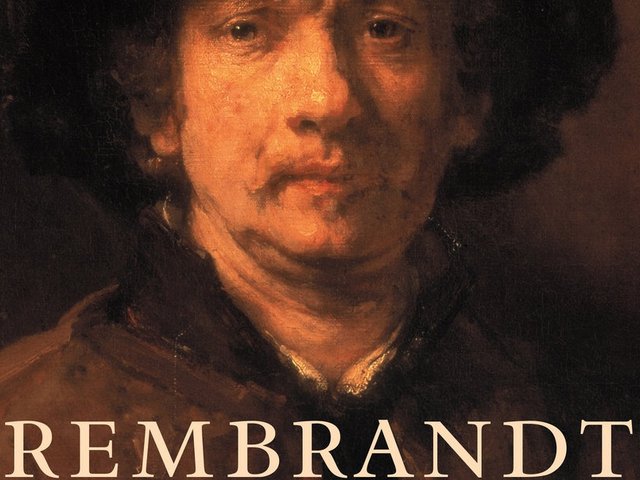The authors of this book, which sets out to discover how paintings were viewed in domestic settings in the Dutch Republic (but, above all, in Amsterdam) in the 17th century, are introduced on the jacket as “an independent scholar and furniture maker” and a retired professor of sociology. (The latter is the author of Wittgenstein and scientific knowledge: a sociological perspective, which, along with his own principal works, he lists in the bibliography of this book, although its relevance to the matter in hand is obscure.) There has been in recent years a great deal of valuable work done by Montias, Loughman, Bok, Dudok van Heel and others on the ownership of paintings and the ways in which they were displayed and appreciated by 17th-century Dutch collectors. Their work has been sophisticated in approach, steering clear of trite conclusions and unsubstantiated theories. Sadly, the same cannot be said for this book which is characterised by naive observations on the ways in which men and women, regents and servants, looked at and responded to images. They are often either statements of the obvious (“Both [women in a painting by Jan Steen] have their breasts partly uncovered, a convention often used for erotic effects in depictions of people from the lower orders”) or truisms presented as weighty truths (“Portraits helped to concretize a family's genealogy, indicating their general worthiness”). The authors use secondary sources for the most part: archival references are occasionally given in the notes but these are largely inventories made by Jan Pieterszohn Zomer and published by Dudok van Heel. For the reader who does not have Dutch, some of the recent Dutch literature on this subject is here summarised in English, which will be helpful, but, otherwise, the book adds little to the discussion and it is surprising that it received the imprimatur of publication by the Yale University Press.
Yale University Press, New Haven and London, 2003), 256 pp, 65 b/w ills, 30 col. ills, £30 (hb) ISBN 0300098170


